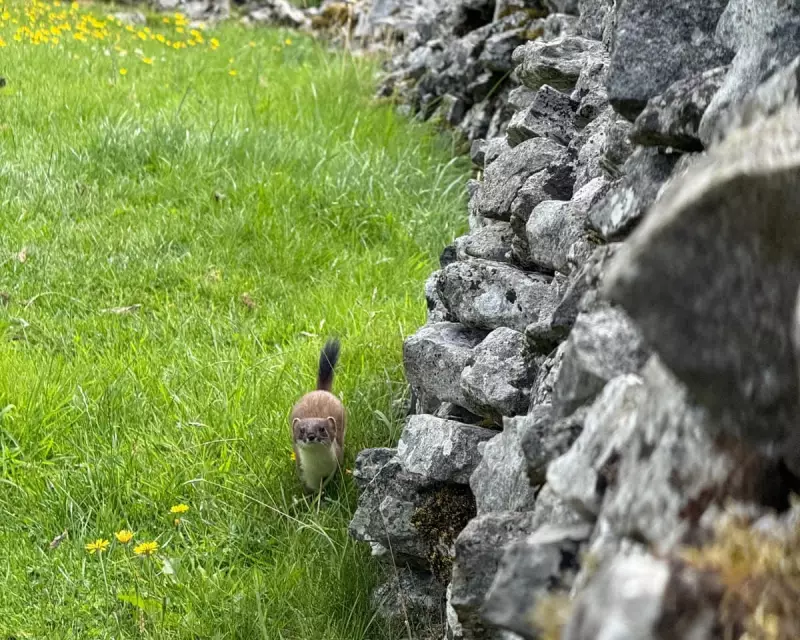
In the ceaseless frenzy of the natural world, even the most hyperactive creatures need a moment to pause. Take the stoat, for instance—a creature often synonymous with relentless energy and cunning agility. Yet, as one observer recently noted, even stoats need a break from the "ecstasy of being a stoat."
On a crisp morning in the British countryside, a rare sight unfolded: a stoat, typically a blur of motion, sat perfectly still. Its slender body, usually coiled for the next pounce, was relaxed. For a brief moment, the predator became a picture of tranquillity.
The Hidden Life of Stoats
Stoats are known for their ferocious hunting tactics, including the mesmerising "weasel war dance" used to disorient prey. But this recent observation challenges the assumption that they are always on the move. Even these dynamic creatures have moments of stillness—whether to conserve energy, observe their surroundings, or simply rest.
Why Do Stoats Pause?
Wildlife experts suggest several reasons for these pauses:
- Energy conservation: Hunting is exhausting, and stoats may take short breaks to recover.
- Strategic planning: A moment of stillness allows them to assess their next move.
- Environmental factors: Weather or prey availability might dictate slower activity.
This behaviour underscores a broader truth about wildlife: even the most active animals have rhythms that include rest. For conservationists, understanding these patterns is key to protecting species like the stoat, whose habitats are increasingly under pressure.
A Lesson in Balance
The stoat’s occasional stillness serves as a reminder—nature is not just about relentless action, but also about balance. Whether predator or prey, every creature has its moments of quiet.





